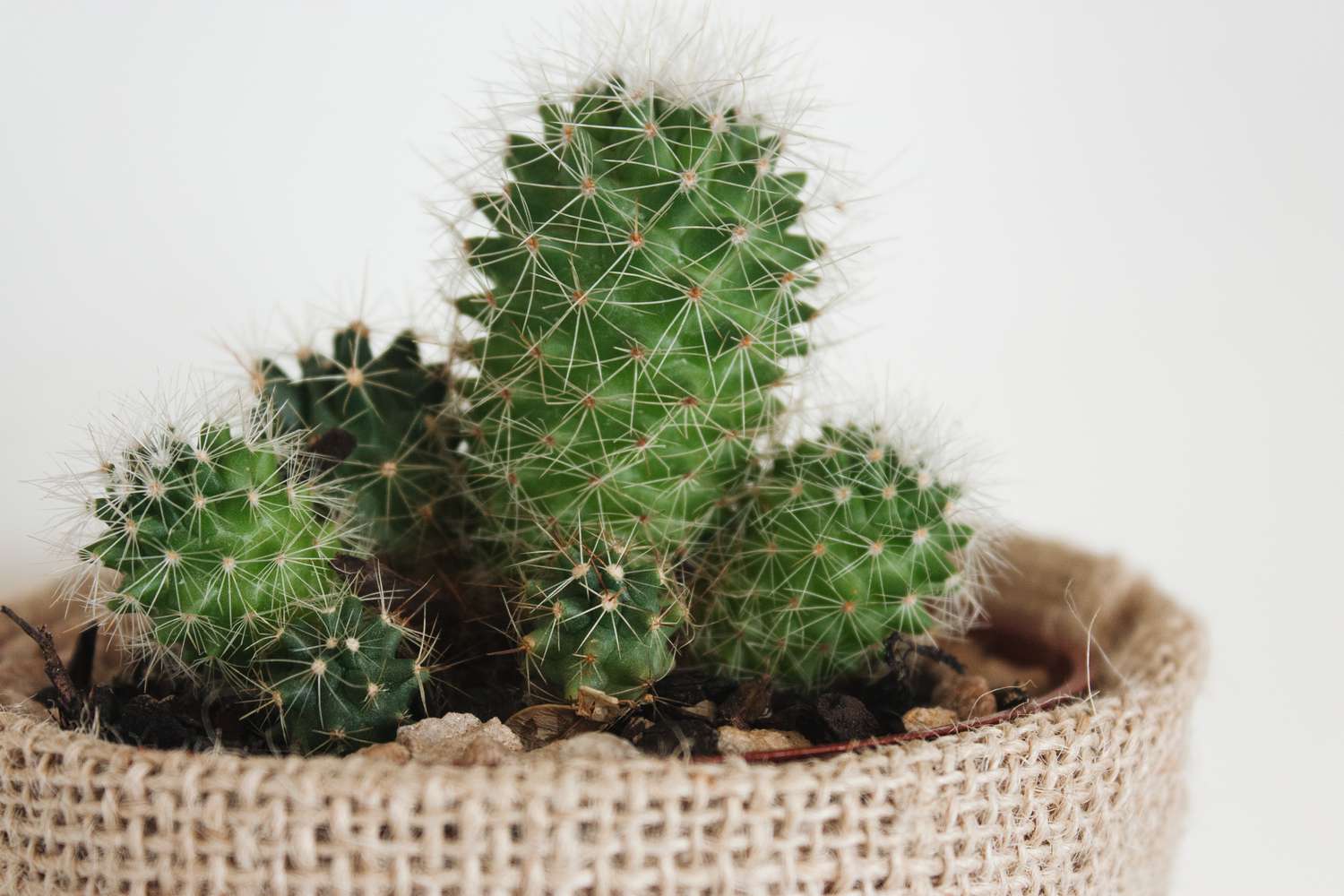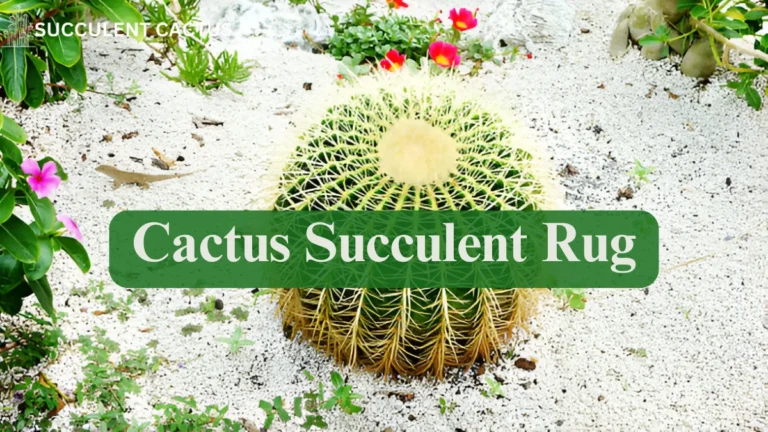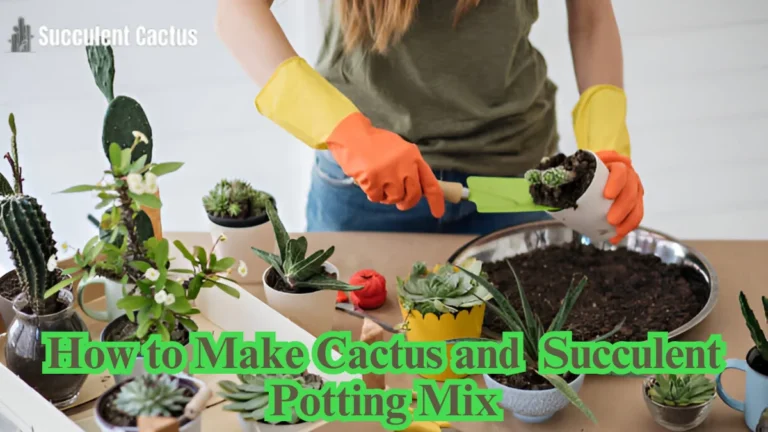How to Care for a Cactus Plant: Watering, Light, and Soil Tips

Cactus plants are beautiful, low-maintenance additions to your home or garden. While they are known for their ability to thrive in arid conditions, proper care is essential to keep them healthy and vibrant. In this guide, we’ll cover everything you need to know about How to Care for a Cactus Plant, including tips for watering, lighting, soil, and more.
Understanding Cactus Plants
Cactus plants belong to the Cactaceae family and are native to the Americas. Their unique adaptations, such as water-storing stems and spines instead of leaves, make them perfect for surviving in desert environments.
Types of Cactus Plants
- Barrel Cactus: Known for its round shape and vibrant yellow flowers.
- Prickly Pear Cactus: Recognized by its flat, paddle-like stems.
- Saguaro Cactus: Iconic for its towering size and branching arms.
- Christmas Cactus: A popular flowering variety ideal for indoor spaces.
How to Care for a Cactus Plant
1. Watering Tips
Watering is crucial for cactus care, and overwatering is the most common mistake.
- When to Water: Water only when the soil is completely dry.
- How to Water: Water deeply, allowing excess water to drain away.
- Seasonal Changes: Reduce watering during winter when growth slows.
2. Light Requirements
Cactus plants love sunlight, but too much direct exposure can cause sunburn.
- Indoor Care: Place near a south-facing window.
- Outdoor Care: Gradually expose to sunlight to avoid scorching.
3. Best Soil for Cactus Plants
The right soil is essential for proper drainage.
- Cactus Mix: Use a commercial cactus mix for best results.
- DIY Option: Combine sand, perlite, and regular potting soil.
- Avoid: Heavy or compacted soils that retain too much water.
4. Choosing the Right Pot
A good pot ensures healthy root growth and prevents waterlogging.
- Drainage Holes: Essential for preventing water accumulation.
- Pot Material: Terracotta pots are great for their breathability.
- Size: Opt for a pot slightly larger than the cactus’s root ball.
Common Problems in Cactus Care
1. Overwatering
- Symptoms: Yellowing or mushy stems.
- Solution: Allow the soil to dry out completely before the next watering.
2. Insufficient Light
- Symptoms: Elongated or pale growth.
- Solution: Move the cactus to a sunnier location.
3. Pests
- Common pests include spider mites and mealybugs.
- Treat infestations with neem oil or insecticidal soap.
Seasonal Care for Cactus Plants
Spring and Summer
- Water regularly but sparingly.
- Fertilize once a month with a low-nitrogen fertilizer.
Fall and Winter
- Reduce watering to once every 4-6 weeks.
- Protect outdoor cacti from frost by moving them indoors.
Repotting Your Cactus Plant
When to Repot
- When roots outgrow the pot or poke through drainage holes.
- Every 2-3 years to refresh the soil.
How to Repot
- Wear gloves to protect your hands.
- Gently remove the cactus from its pot.
- Shake off old soil and inspect the roots.
- Place in a new pot with fresh cactus mix.
Decorating with Cactus Plants
Indoor Ideas
- Create a mini cactus garden in a shallow dish.
- Use colorful pots to complement your interior design.
Outdoor Landscaping
- Arrange different varieties in a rock garden.
- Use larger species as focal points in your yard.
FAQs on How to Care for a Cactus Plant
1. How often should I water my cactus plant?
Water once the soil is completely dry, typically every 2-4 weeks.
2. Can cacti survive indoors?
Yes, as long as they receive adequate sunlight and proper care.
3. What is the best soil for a cactus plant?
A well-draining cactus mix or a combination of sand, perlite, and potting soil.
4. How do I protect my cactus from pests?
Inspect regularly and treat infestations with neem oil or insecticidal soap.
Conclusion
Cactus plants are not only easy to care for but also make a striking addition to any space. By following these tips for How to Care for a Cactus Plant, you can ensure your plant thrives for years to come. Remember, the key to success is understanding their unique needs for water, light, and soil






